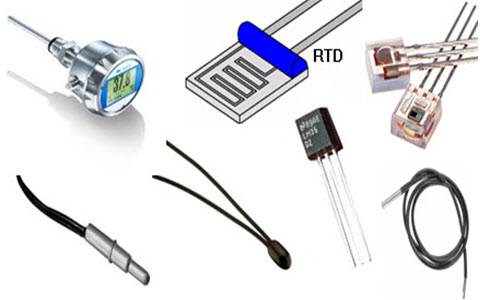Potential Methods
Nov 20th, 2017 by yangy16
Potential detection measurements : Speed, acceleration, power, heart rate, distance, jump height and intensity, time playing. record them to the computer.
- Measures internally( physiological and psychological stress) vs. externally (physical stress “stimuli”)
Injury detection
Force detection:
- a force 10X the player body weight on the ankle will likely to cause injury. We can detect the force based on player input of their weight, and warn players when they are prone to injury.
- Measures the total tension force absorbed by the whole brace, if over the limit then the player is prone to injury.
- Measures vertical player load by intensity (low, medium, high…), so we know how much a player is jumping. High intensity vertical load leads prompts high force detection.
- Detect which part of the foot basketball players are exerting the most force on, teaching ball players to use the right part of the foot to explode off the dribble.
Angle detection:
- Detect the change of angle between the foot and the heels. If the angle change is too great then the ligaments are more likely to be injured.
Potential tools for measurement:
Strain Gauge– A sensor whose resistance varies with applied force; It converts force, pressure, tension, weight, etc., into a change in electrical resistance which can then be measured.
Accelerometers– Motion sensors that can detect linear acceleration along one or several axes
Gyroscopes– Motion sensors that can detect angular velocity about one or several axes
Accelerometers and gyroscopes are often used together
Magnetometer – A sensor that detects the earth’s magnetic field; specifically “it can measure orientation relative to the magnetic north direction”
Flex sensors – measures the resistance of the band and converts to computational data
